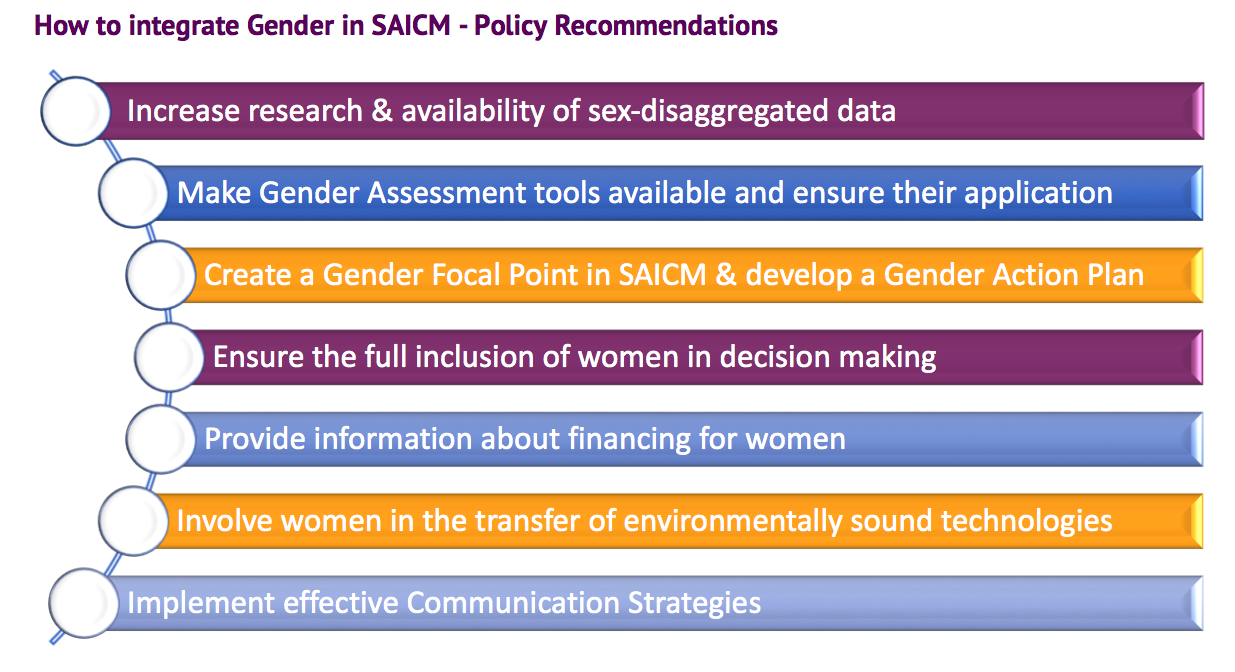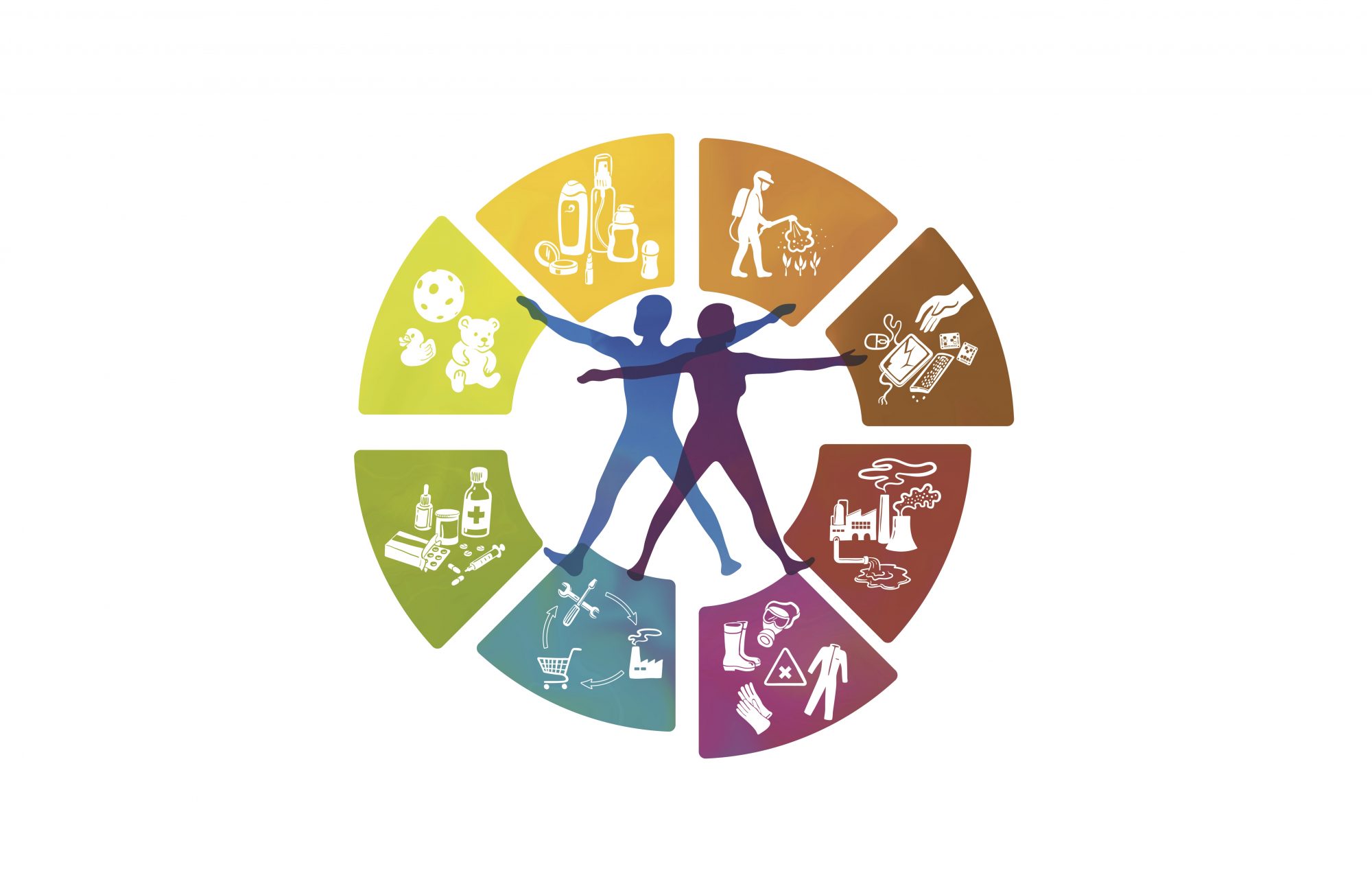#Explanation – Blog series: How to create a gender-just healthy planet
A strategy to achieve gender equality
“Gender equality is more than a goal in itself. It is a precondition for meeting the challenge of reducing poverty, promoting sustainable development and building good governance.” Kofi Annan (1998)

There are global patterns of inequalities between women and men: Women tend to experience domestic violence more often than men; women’s political participation and leadership positions are limited; women and men have different access to resources; women are still more likely than men to live in poverty; and women and girls are often disproportionately affected by climate change and environmental disasters (UN 2002, UN Women 2018). And it is not only women who are negatively affected – gender inequalities impact whole societies: for example, not investing in female education lowers the gross national product; gender discrimination in the labour market decreases national income; and gender inequality reduces the productivity of the next generation because it has negative effects on household investments in nutrition, health and education of children (UN 2002). “Achieving greater gender equality will require changes at all levels, including changes in attitudes and relationships, changes in institutions and legal frameworks, changes in economic institutions, and changes in political decision-making structures” (UN 2002).
Definition of Gender Mainstreaming
The strategy for promoting gender equality is Gender Mainstreaming. Since 1990, there was a growing debate about gender mainstreaming strategies in the UN as well as the EU. Gender Mainstreaming was then endorsed in the Beijing Platform for Action, agreed at the United Nations Fourth World Conference on Women in 1995. It was finally defined in the ECOSOC agreed conclusions 1997/2 as: “the process of assessing the implications for women and men of any planned action, including legislation, policies or programmes, in all areas and at all levels. It is a strategy for making women’s as well as men’s concerns and experiences an integral dimension of the design, implementation, monitoring and evaluation of policies and programmes in all political, economic and societal spheres so that women and men benefit equally and inequality is not perpetuated. The ultimate goal is to achieve gender equality” (ECOSOC 1997). This official UN definition is strong with regard to including all different spheres and levels and all the phases of the policy cycle but also has some weaknesses from a feminist perspective: the actors in charge of implementation are not mentioned; it remains a top-down approach; the definition reduces the term ‘gender’ to ‘women and men’ and is not used as an agenda-setting approach. When developing a particular Gender Mainstreaming Strategy, it is therefore useful to also take note of other definitions, for example: Gender Mainstreaming is “the (re)organization, improvement, development and evaluation of policy processes, so that a gender equality perspective is incorporated in all policies at all levels and at all stages, by the actors normally involved in policy-making” (Council of Europe, 1998).
How to mainstream gender
The primary objective of gender mainstreaming is to design and implement development projects, programs and policies that:
- Do not reinforce existing gender inequalities (Gender Neutral),
- attempt to redress existing gender inequalities (Gender Sensitive/Gender Responsive),
- or attempt to re-define women and men’s gender roles and relations at the structural level (Gender Positive / Transformative).
Institutional gender mainstreaming strategies ideally combine several components (EIGE 2016):
- A goal definition for mainstreaming gender with targeted actions for gender equality
- A gender analysis of the initial position
- A gender impact assessment of planned measurements, programs and projects
- Gender budgeting
- A combined approach to responsibilities (where all staff share responsibility, but are supported by gender experts or a gender focal point)
- Gender trainings and gender awareness raising
- Monitoring and evaluation
Opportunities, obstacles and processes in the context of gender mainstreaming are often very different for each area of work. Thus, “there is no set formula or blueprint that can be applied in every context. However, what is common to mainstreaming in all sectors or development issues is that a concern for gender equality is brought into the ‘mainstream’ of activities rather than dealt with as an ‘add-on’” (UN 2002) – “it requires change in all mainstream policies, programmes and resource allocations” (UN 2007).
Gender mainstreaming is not a new strategy. It builds on years of experience of trying to bring gender perspectives to the center of attention in policies and programs and is used nowadays by numerous institutions at all political levels, inside and outside government.
Many lessons have been learned and we can build on this knowledge and experience when mainstreaming gender in the sound management of chemicals and waste management in the SAICM Beyond 2020 framework. Our policy suggestions for SAICM Beyond 2020 are based on UN agreements since 1995 and lessons learned about effective gender mainstreaming, e.g. the actions on mainstreaming gender done by the BRS Conventions secretariat.

Resources:
Council of Europe (1998): Gender Mainstreaming: Conceptual Framework, Methodology and Presentation of Good Practice. Final Report of Activities of the Group of Specialists on Mainstreaming.
ECOSOC (1997): Mainstreaming the gender perspective into all policies and programmes in the United Nations system. http://www.un.org/womenwatch/osagi/pdf/ECOSOCAC1997.2.PDF
EIGE (2016): What is Gender Mainstreaming?
UN (2002): Gender Mainstreaming. An Overview. http://www.un.org/womenwatch/osagi/pdf/e65237.pdf
UN (2007): Mainstreaming a gender perspective into all policies and programmes in the United Nations system. Report of the Secretary-General, 2007/64.
UN Women (2018): Turning Promises into Action: Gender Equality in the 2030 Agenda for Sustainable Development.
Further information on Gender Mainstreaming with links, resources and tools:
Gender Mainstreaming in general:
UN Women: Gender Mainstreaming. http://www.unwomen.org/en/how-we-work/un-system-coordination/gender-mainstreaming
European Institute for Gender Equality: What is gender mainstreaming.
http://eige.europa.eu/gender-mainstreaming/what-is-gender-mainstreaming
Gender Mainstreaming and chemicals:
UNDP (2007): Chemicals Management: The why and how of mainstreaming gender.
BRS Conventions: Gender. Overview. http://www.brsmeas.org/?tabid=3651
MSP Institute (2018): Policy Suggestions. How to integrate gender in SAICM Beyond 2020. http://gender-chemicals.org/policy-suggestions-for-integrating-gender-in-saicm-beyond-2020

development and evaluation of policy processes, so that a gender equality perspective is incorporated in all policies at all levels and at all stages, by the actors normally involved in policy-making